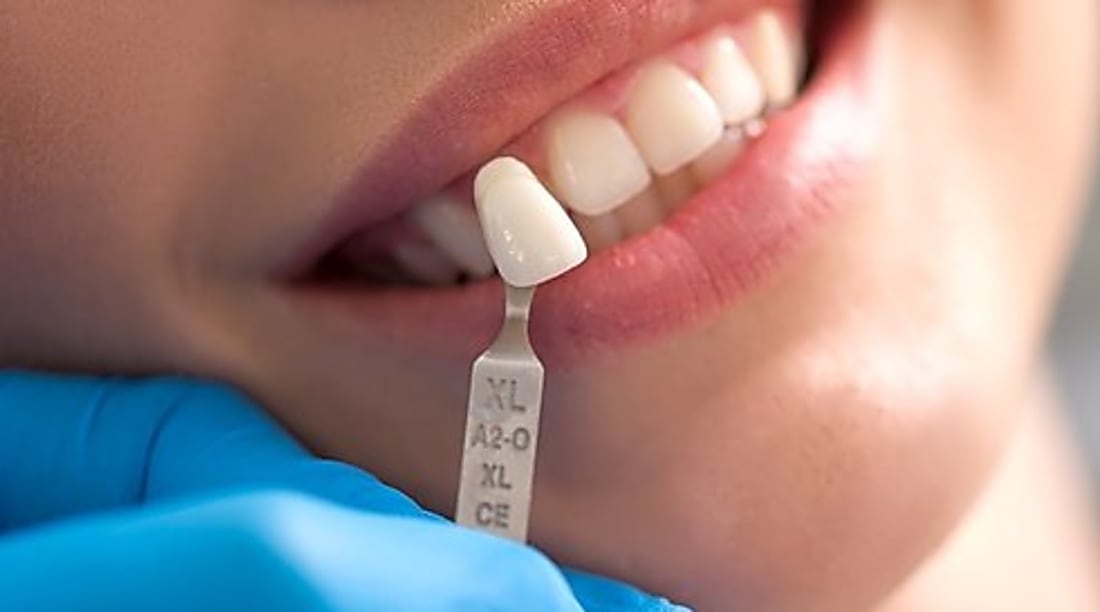Dental Implants Guide: Permanent Tooth Replacement
Dental implants are a durable, natural-feeling solution for replacing missing teeth. This comprehensive guide explains how implants work, who qualifies, cost factors, and how to care for them long term. Learn about the procedure, benefits, and what to expect when choosing dental implants for tooth replacement and improved oral health.

Dental implants have transformed tooth replacement by offering stable, long-lasting results that look and perform like natural teeth. This guide walks through the treatment process, advantages, candidacy requirements, cost considerations, and ongoing maintenance so you can decide if implants are right for you.
The Dental Implant Procedure Process
The implant journey generally spans several months and unfolds in distinct stages. First, your dentist performs a thorough assessment that typically includes dental X-rays and a 3D scan to evaluate jawbone quantity and quality and to map the exact implant position. This planning step helps identify whether additional treatments, such as bone grafting or sinus lifts, are required before implant placement.
The surgical phase begins with placing a titanium post into the jawbone. This implant acts as an artificial tooth root. Local anesthesia is used to minimize discomfort, and for patients with dental anxiety, sedation dentistry options are available to improve comfort. After the post is inserted, the site must heal while the implant fuses with the bone in a process called osseointegration. This healing interval commonly ranges from a few months up to six months, depending on bone health and the complexity of the case.
Once osseointegration is complete, a small connector called an abutment is attached to the implant. The abutment supports the final restoration — usually a crown for a single tooth, or a bridge or denture for multiple teeth. Impressions or digital scans are taken to fabricate a prosthetic that matches your bite, color, and shape preferences. The final restoration is secured to the abutment, restoring full function and appearance.
Benefits and Advantages of Dental Implants
Dental implants provide several advantages compared with conventional bridges and removable dentures. Because implants stimulate the jawbone, they help prevent the bone resorption that commonly follows tooth loss, preserving facial contours and jaw structure. Their firm anchorage offers exceptional stability for chewing and speaking, eliminating the slipping or clicking sometimes experienced with dentures.
Unlike traditional bridges, dental implants do not require reshaping or grinding down adjacent healthy teeth. This preserves natural tooth structure and promotes better long-term oral health. Implants also support proper bite alignment and can reduce the risk of further tooth movement. Many patients report increased confidence when eating, speaking, and smiling after implant restoration.
Who Is a Good Candidate?
Ideal candidates have healthy gums and sufficient jawbone to support an implant. Good oral hygiene habits and regular dental visits are essential for long-term success. Some medical conditions and lifestyle factors can influence candidacy: uncontrolled diabetes, heavy smoking, and advanced periodontal (gum) disease may reduce success rates or require management before treatment.
If the jawbone is thin or has deteriorated, bone grafting procedures can rebuild volume and provide a stable foundation for implants. For implants in the upper back jaw, a sinus lift may be necessary to create enough vertical bone height. Because treatment plans vary widely, a comprehensive evaluation by a qualified dental specialist is critical to determine the best approach for each patient.
Cost Considerations and Treatment Options
The total cost of implant therapy depends on many elements, including geographic location, the number of implants, the type of restoration, clinician expertise, and any preparatory procedures such as grafting or sinus augmentation. Below is a general cost overview for common implant options.
| Procedure Type | Average Cost Range | Additional Procedures |
|---|---|---|
| Single Implant | $3,000 - $4,500 | Bone grafting: $300 - $3,000 |
| Full Mouth Implants | $20,000 - $45,000 | Sinus lift: $1,500 - $2,500 |
| All-on-4 Implants | $15,000 - $28,000 | CT scan: $250 - $1,000 |
Prices, rates, or cost estimates mentioned in this article are based on the latest available information but may change over time. Independent research is advised before making financial decisions.
Treatment choices range from replacing a single tooth with an implant-supported crown to restoring an entire arch using multiple implants or an All-on-4 approach. While implants often carry a higher upfront cost than dentures or bridges, many patients find the long-term value — in comfort, function, and bone preservation — justifies the investment.
Long-term Care and Maintenance
Caring for dental implants is similar to caring for natural teeth: brush twice daily with a soft-bristled brush, floss or use interdental cleaners, and attend routine dental checkups and professional cleanings. Although implant materials are not susceptible to dental caries, the surrounding gum tissue can develop inflammation or infection, known as peri-implantitis, if plaque control is neglected. Early detection and management of gum inflammation are crucial to protect implant longevity.
Implant crowns and prosthetic components may experience wear over time. While the titanium implant integrated into bone is designed to be permanent, the visible crown typically requires replacement every 10 to 15 years depending on wear, esthetic changes, and oral habits. With diligent home care and regular dental oversight, many patients enjoy implants for decades.
This article is for informational purposes only and should not be considered medical advice. Please consult a qualified healthcare professional for personalized guidance and treatment.





